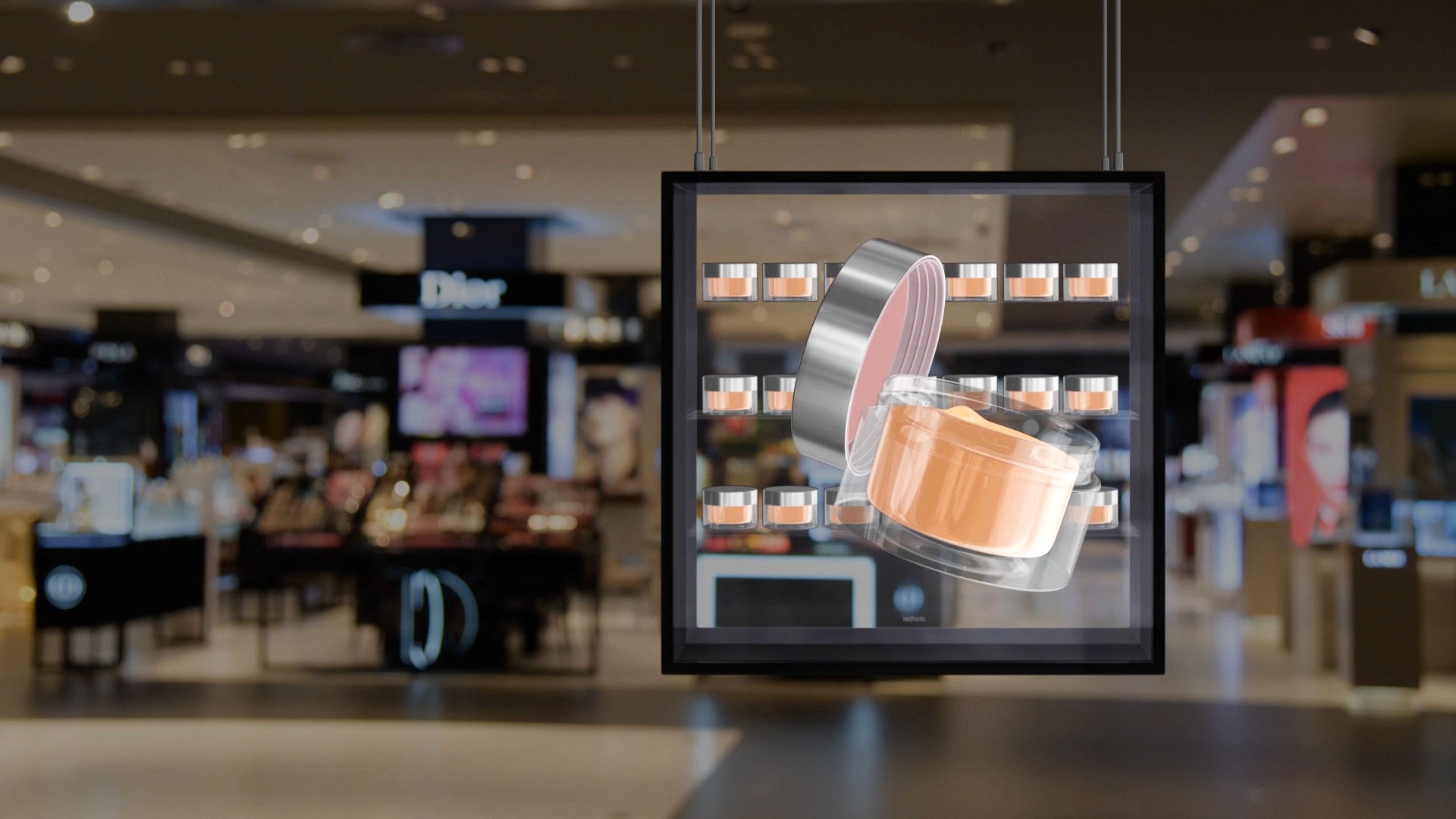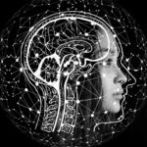
3D technology
How does 3D technology enable the creation of a hologram?
Ledholo displays use 3D technology with two, four and six-spoke rotors. They move at over 30 frames per second. The SMD (Surface Mount Device) diodes placed on them "blink" in such a way that we obtain an image.
Holographic effect
The holographic effect is based on a phenomenon described as POV (Persistence of vision). It is an optical illusion that occurs when the visual perception of an object persists for some time after the light rays emanating from it stop reaching the eye. The illusion has also been described as "retinal persistence" or "persistence of sensations." To put it simply, the human eye can perceive a maximum of 25-30 frames per second. Above these values, it ceases to notice moving objects (rotor arms).
3D technology – SMD diodes
Since SMD diodes do not display black, animations with a black background allow for the effect of being suspended in space. "Persistence of vision" can also be understood as "flicker fusion", an effect that appears to persist continuously when the light reaching the eyes is interrupted at short and regular intervals. From the very beginning, the term "Persistence of Vision" was believed to be an explanation of motion perception in various optical toys or cinema. Early descriptions of the effect attributed it solely to imperfections in the eye, particularly the retina. Years later, nerves and parts of the brain became elements of further explanations. Numerous studies have been conducted on the influence of images on the human mind. They were mostly 2D images and thus research on 3D holograms are still ahead of us.
Apart from the SMD diodes, all key integrated circuits responsible for image conversion and display management are placed on the rotor arms and in a small space next to the engine. Thanks to special software, 3D animations for Ledholo devices can be prepared and then uploaded to the display memory (16 GB!) via Wi-Fi in the popular mp4 format.
Software
The software used in Ledholo displays is responsible for both the conversion of animation files and the management of the devices themselves. Each Ledholo has a built-in Wi-Fi transmitter and receiver, which allows for direct connection (smartphone with iOS and Android or computer with Windows <–> Ledholo) or indirect connection (computer with Windows <–> Cloud <–> Ledholo). The former enables, among other things:
- turning the device on or off
- enabling or disabling the autostart option,
- setting it to turn on and off automatically at a specific time.
- uploading and deleting content,
- setting the display order (playlist),
- smooth adjustment of 3D image brightness,
- image position correction.
In the case of an indirect connection, when it is necessary to manage a larger number of displays simultaneously, the application available for Windows computers also allows:
- creating and managing groups of devices,
- assigning devices to users and locations,
- access to dedicated 3D animation libraries prepared especially for Ledholo devices,
- uploading and deleting content from any selected group,
- precise planning of animation broadcast times,
- turning on or off individual devices.
The effect of using 3D technology
For some time, we invited friends from the event industry to our office, people who deal with stage technology, scenography and deal with various displays on a daily basis - projectors, monitors, walls... When we showed them product or logo animations on the Ledholo displays, their expressions were priceless. The most repeated text was: ok... where does this image come from?
Could this be proof that Have we achieved the WOW effect?

